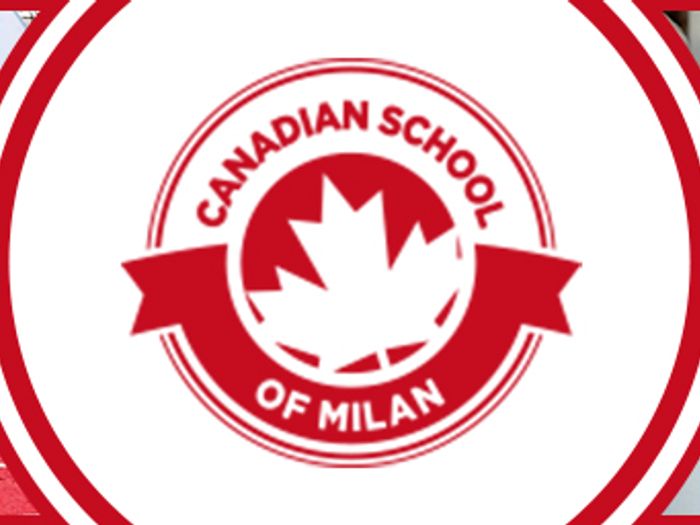New Tips To Selecting Italian Primary Teaching Materials
Wiki Article
What Information And Educational Materials Do Primary And Kindergarten Classrooms Do They Require?
Primary and kindergarten schools generally require a variety of educational and informational materials to support the development and learning of their students. Some examples of materials that may be necessary include: Curriculum materials- These are materials created to aid in the learning objectives of the school's curriculum. Other materials may be needed for example, textbooks, lesson plans, workbooks and other materials.
Classroom Equipment - For younger youngsters, classroom equipment like pencils, papers, glue, scissors and other arts equipment are crucial.
Educational technology - In this digital age, educational technologies like computers, tablets, and interactive boards can be utilized to boost learning and provide extra tools for students.
Books- The primary and kindergarten schools require a wide selection of age-appropriate literature to promote reading and language development.
Children are able to develop skills in problem-solving and spatial awareness by using manipulatives like blocks or games. They can also play puzzles, games, and blocks.
Visual aids. Posters, maps, charts and other visual aids can be used to help kids remember important concepts.
Music and art materials- Art and music materials such as instruments, paints and clay can provide children with a way to express their creativity and allow them to express themselves.
Safety equipment - Safety items such as first aid kits, and fire extinguishers are vital to the well-being and safety of students and staff.
In general, primary and kindergarten schools require the most diverse educational resources and materials to provide a safe and engaging educational environment for the students. Check out the most popular scuola primaria for website info.

What Maths Educational Cards Are Suggested By Italian Schools?
Maths didactic cards can be a useful tool for introducing young children in Italian nurseries to the basics of math concepts. These are some examples of Maths didactic cards that may be recommended numbers cards: These cards can help children learn the numbers from 1 to 10 or higher. It is possible to use illustrations to aid in learning through the use of animals or objects as the numbers.
Shape cards: These cards teach children the names and characteristics of various shapes, including squares, circles, triangles, and rectangles. They could also feature images of real-life objects that represent each shape.
Color cards: Children can learn to recognize colors making use of color cards. They can be illustrated using objects that are mostly composed of a single color. This can make the learning process more interesting.
Counting Cards: Counting card are a great way to teach children how to count from 1-10 or higher. In order to make learning fun, they can include illustrations of animals or items which represent numbers.
Time cards: Time cards can assist children in learning the notion of time as well as the names of days of the week and months of the year. To make the learning process more enjoyable, they can be illustrated using clocks or calendars.
Maths cards should be age-appropriate fun, interactive and engaging for children in the early years. Teachers and parents are able to use these cards for engaging, fun Maths activities that stimulate excitement and curiosity in children. Take a look at the recommended schede didattiche matematica sostegno for website advice.

What Is The Best Way To Teach History In Italian Schools?
History-related didactic cards can be used to introduce historical concepts to infants and children. There are several types of historical-themed cards. These cards may include pictures and information about the individual's life and achievements.
Timeline cards. Timeline charts are a great way to aid children in understanding the order of events, and how they are related. These cards can be illustrated with important dates and important events.
Cultural cards: Cultural cards help children learn about different cultures and traditions from the past and the present. They can also include images of traditional clothing, food, music and customs.
Artifact cards: Artifacts may assist children to visualize the events of history and learn about traditional ways of living. Illustrations of different objects and cultures can be included.
Map cards are great for teaching children about geography and the past of various countries. They can feature illustrations of maps as well as information on historical events and individuals in various regions.
It is essential to choose the right history-related educational cards that are suitable for children's age, fun and engaging for children of all ages. Teachers and caregivers can make use of these history cards to create fun interactive activities that encourage children's enthusiasm and interest in exploring the world of history and culture. Follow the top schede didattiche storia sostegno for blog tips.
What Materials For Teaching Geography Are Required In Italian Nurseries?
Italian nurseries are able to offer children geography-related materials that assist them in developing a better understanding of their world and also teach them about different cultures and the world. A few examples of the resources you may need to teach geography include maps. Maps are useful for helping children understand the different countries and regions, and the locations of natural features and landmarks.
Globes are a great way to help kids visualize the Earth's surface. They also teach them about continents and oceans.
Video and Pictures: Images and videos that show different cultures and places are a great way to teach youngsters about the diversity that exists in the world. Children will also be taught about the different ways people live.
Books Age-appropriate, age-appropriate and appropriate books with a variety of cultures and places can aid children in developing an understanding of geography and an interest in the world.
Natural materials, like shells, plants and rocks can be used to teach children about the diverse ecosystems and the different environments.
Field trips: Field trips to local parks museums, zoos, or Zoos are a great way for children to get a hands-on experience and an chance to study geography in a more realistic setting.
It is vital to choose resources for geography education that are both age-appropriate and culturally sensitive. These materials will help teachers and parents create exciting and enjoyable geography lessons for children that encourage their curiosity and passion for exploring the world. Read the top schede didattiche geografia sostegno for website tips.
